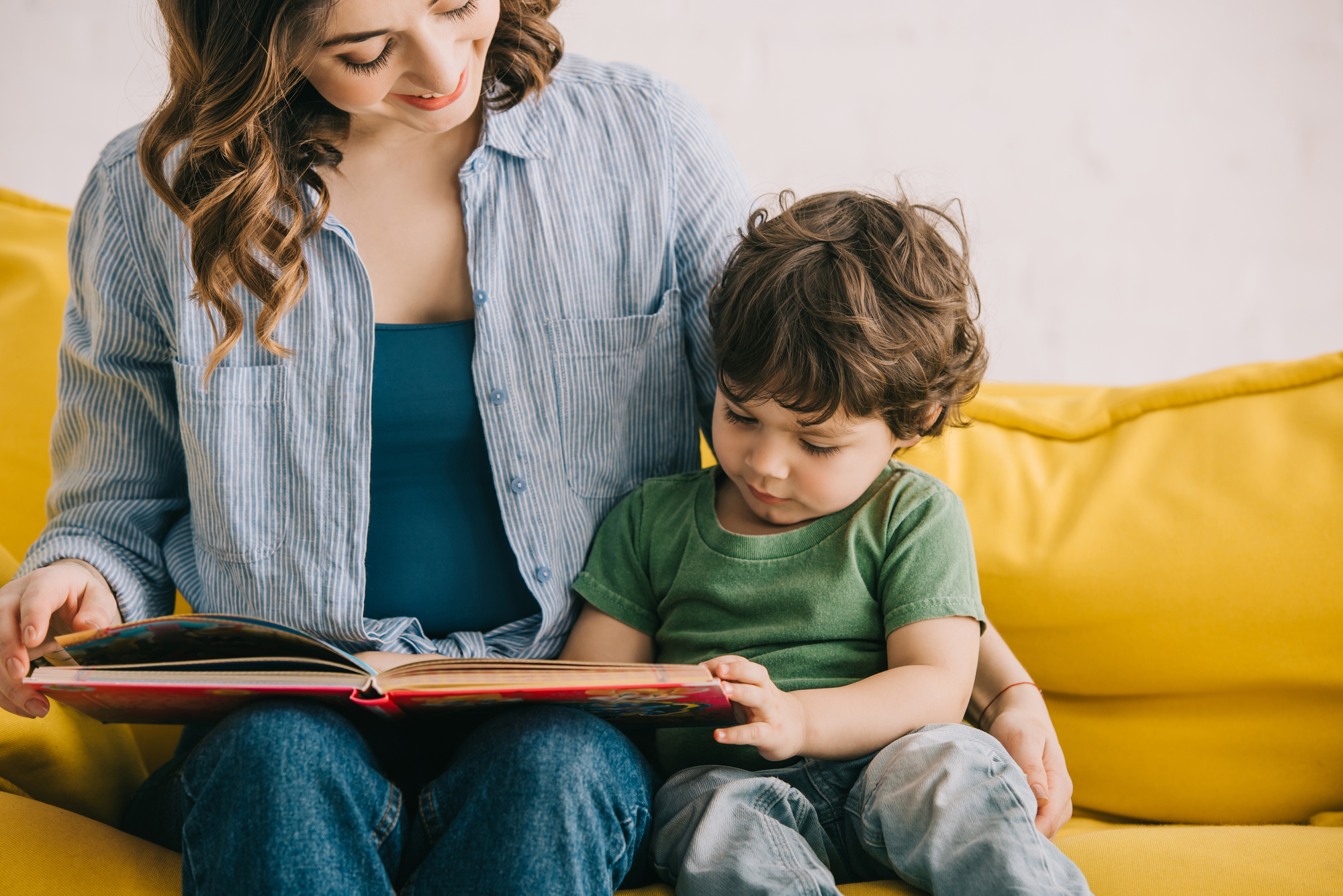Did you know that playing with toys can help your child become a better reader and writer?
I do, and it’s probably only through my experience as a primary school teacher that I know this.
First, let’s briefly touch on reading and the process that children use to decode unknown text.
Teachers refer to it as using multiple sources of information: Meaning (of what you are reading), structure (of language) and visual (what the words and pictures look like).
Let me explain further..
Think about the word ‘cooperation’.
If your child encounters this word when reading they will attempt to solve it using the multiple sources of information explained briefly above. They will try using meaning (but this will not work if they haven’t been exposed to the word orally before), and they will try and use the structure of the sentence around the unknown word (but this won’t work either, as they don’t know what the word means) and they will also use the visual information, they will look to the pictures and might make an attempt to sound out the word. Even if they are able to sound it out, they still wouldn’t be able to comprehend what they are reading.
Your child will not use this word in their own writing if they have never heard it used before. They might use other words to substitute that they have heard before though such as ‘played nicely’
So, back to toys and how these can help your child become a better reader and writer. Imagine sitting down with your child and playing with some blocks together. Being mindful of your language, and being present in the moment to play with your child can help lay some foundations for their vocabulary. Use clear modelling statements such as:
“Building these towers is requiring a lot of cooperation”
“Wow, it took a lot of cooperation, but together we got it done”
You get the picture.
Now imagine you are reading a book with your child and they encounter the word ‘cooperation’. Using the multiple sources of information that readers use, particularly meaning in this case, they will have a greater chance of decoding and comprehending the word. WIN!
Here is another example that happened in my home last week. I observed my child doing some writing and she wrote the following: “I and Edith played with some toys”. Rather than correct her writing at the time, I set up some play based language experiences for me, her and her toys where she had the opportunity to practise using the correct syntax. Once she had multiple exposures to the correct structure of the language orally, she was able to demonstrate it in her writing. We used blocks and dolls in our play, but any toys that interest your child can be incorporated into your play.
Most importantly, keep any learning that you do with your child fun! Remember that learning can happen in any setting, and just by talking with your child. Follow your child’s lead, engage with them in their interests, let loose and play.
If you have any concerns with your child’s language development always raise this with your GP or other relevant health professionals.
Kate is a mother of two young girls, a Primary School teacher and co-owner of children’s toy boutique Mini Clem.









